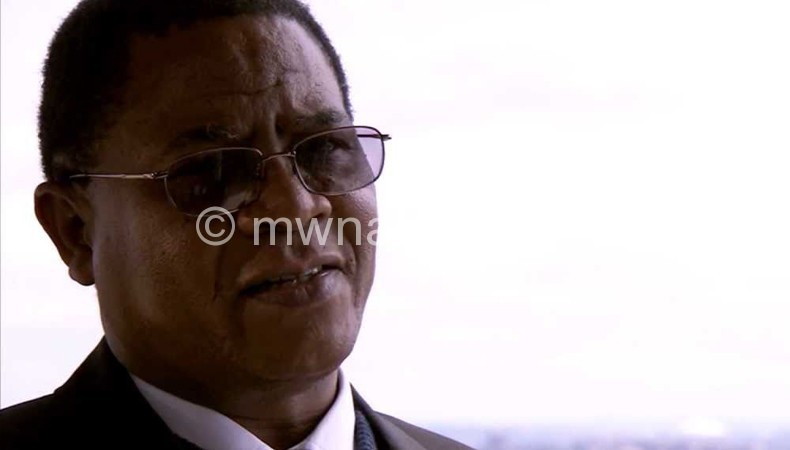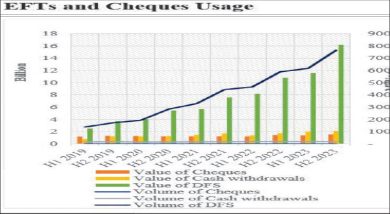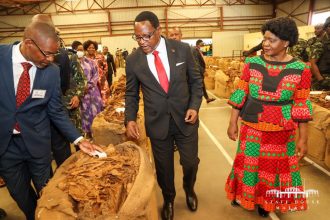Malawi positive on grand FTA amid setbacks
The Ministry of Industry and Trade has said Malawi remains positive on the future of the Grand Tripartite Free Trade Area (FTA) amidst several setbacks facing ongoing negotiations towards establishing the largest market bloc in Africa.
“Most of the challenges are common among member States but, as Malawi, our participation in most of the meetings has been quite well; hence, we remain positive on the future of the Grand FTA,” said the ministry spokesperson Wiskes Nkombezi.

Nkombezi was reacting to the latest statement by secretary general of the Common Market for Eastern and Southern Africa (Comesa) Sindiso Ngwenya who has outlined challenges and pitfalls that are pulling down efforts to turn the grand FTA into reality.
Ngwenya, who is also chairperson of the Comesa-EAC-Sadc tripartite task force, lamented before the African Union (AU) high-level African Trade Committee (Hatc) in Ethiopia last week, that negotiations for the Grand FTA are being frustrated by the “not-so ambitious” tariff liberalisation threshold, lack of transparency among member States and inadequate funding, among others.
The tripartite FTA, whose negotiations begun in 2008, with 26 countries is said to be a significant step towards the establishment of the African single market.
But the negotiations are still behind schedule as member States failed to beat the June 2014 deadline in the wake of outstanding challenges.
Nkombezi said despite limited finances, Malawi has been able to foot some costs at international meetings in terms of accommodation and air tickets for delegates, which he said demonstrates commitment the country has towards the Grand FTA.
Negotiations for the Grand FTA are guided by 11 principles that were adopted by heads of State and Government and these include variable geometry, flexibility and special and differential treatment, transparency, single undertaking, substantial liberalisation, non-discrimination, reciprocity, decision-making by consensus, building on the existing regional economic communities (RECs) FTAs and that negotiations would be REC or member-driven.
However, Ngwenya said there is an apparent contradiction between some principles, notably between variable geometry, which would allow countries that are ready to make progress while allowing slower countries to join later.
On one hand, Ngwenya also questioned the principle of decision-making by consensus, which he said has resulted in slow progress as countries that were not ready could not allow others to proceed.
“Meeting the principle of transparency is also a big challenge as exchanging and sharing information on tariffs and non-tariff trade measures and other trade related polices is a daunting task,” he said in a write-up.
Ngwenya said inadequate financing has also been a great challenge as the tripartite has four working languages and all documents have to be translated.
Explaining further, he said negotiation rooms and facilities have to be secured and financed, interpreters and translators needed to be paid and above all trade experts and negotiators require finances for travel and subsistence.
He said countries which were not able to meet such expenses were sometimes not represented at some negotiating meetings.
Ngwenya also said the “not-so-ambitious” tariff liberalisation threshold of 65 percent to 85 percent is less than trade liberalisation threshold attained under the three trade blocs.
Combined intra-trade of the three RECs grew from $30.6 billion to $102 billion between 2004 and 2014, representing a more than threefold growth within a decade.
The Grand FTA has a combined population of 625 million people and a gross domestic product (GDP) of $12 trillion.
Minister of Industry and Trade Joseph Mwanamvekha, a week ago, said the tripartite Grand FTA will be instrumental in addressing infrastructure deficit, inadequate connectivity and decimal industrial development.





